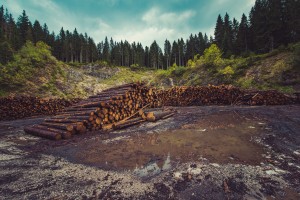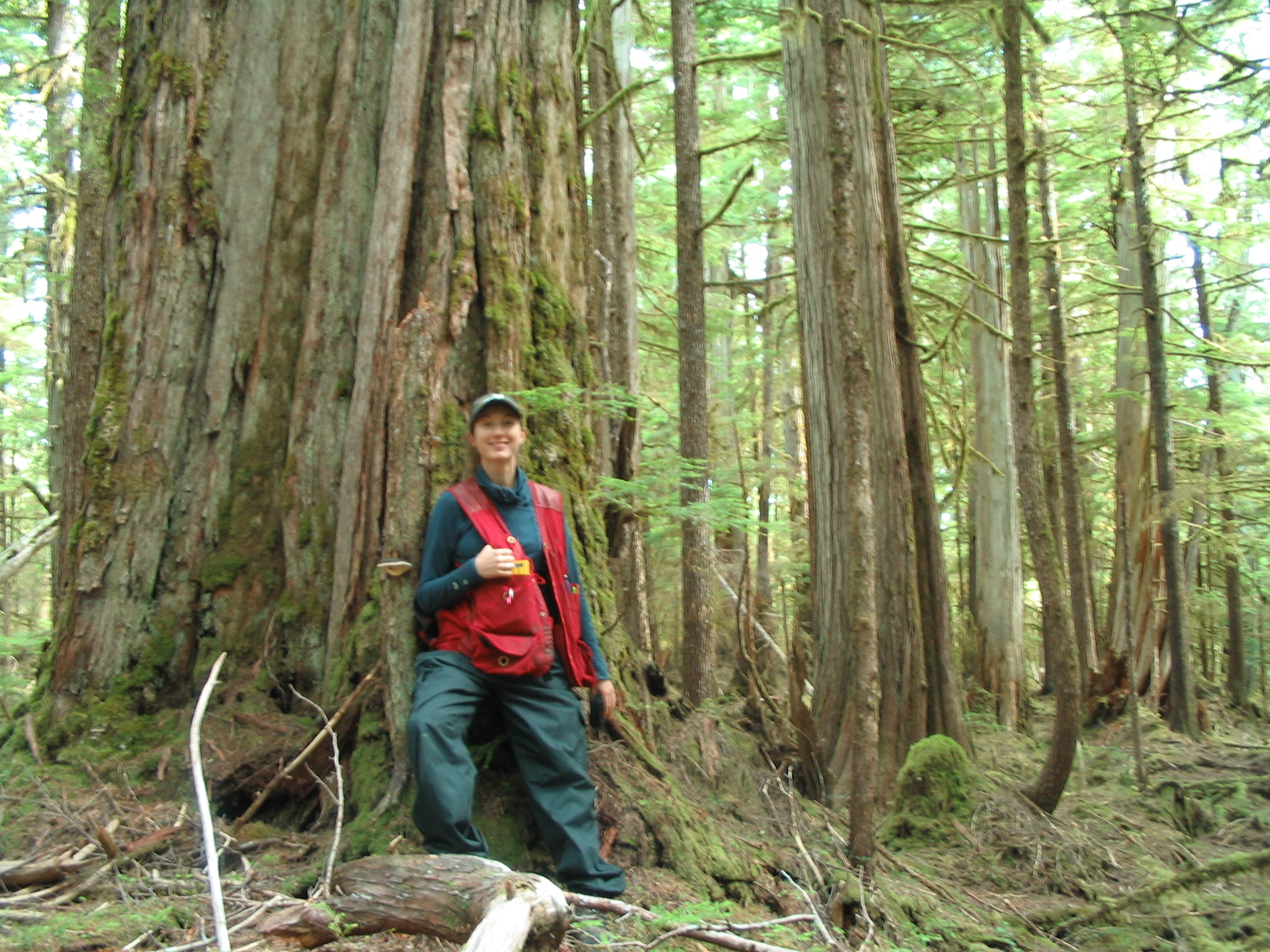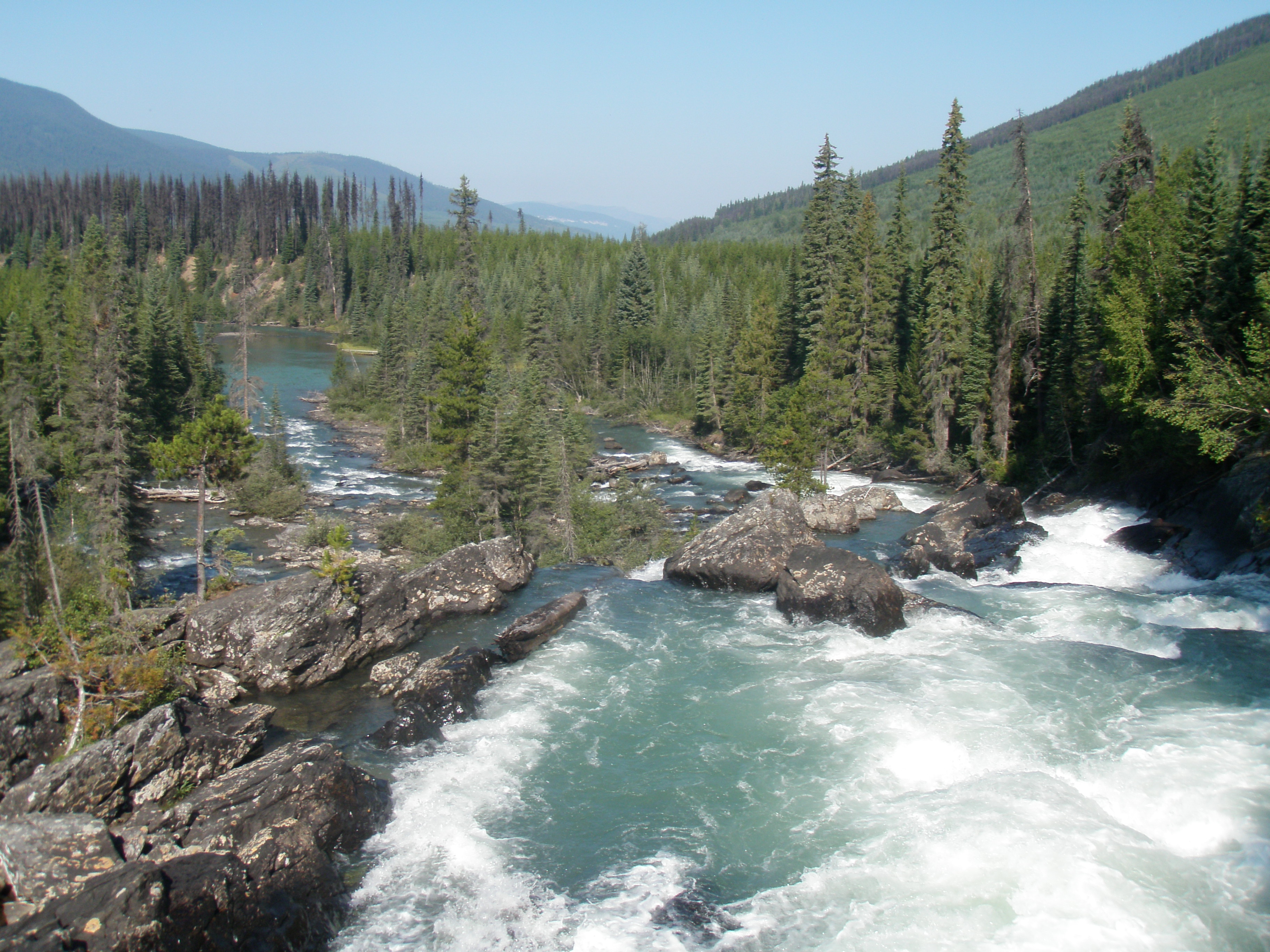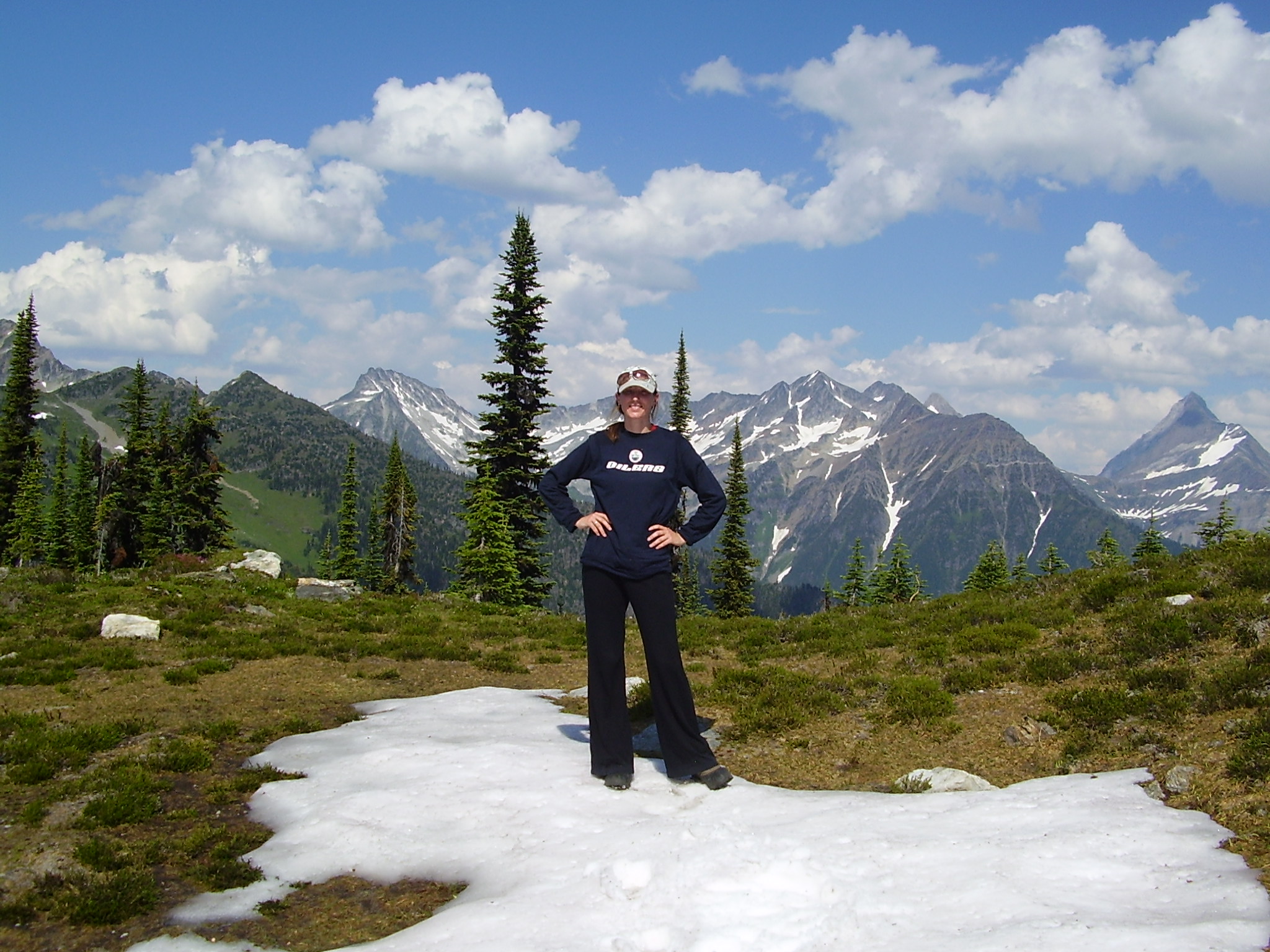I am currently pursuing a Masters Degree in Environmental Science at the University of British Columbia Okanagan campus, focusing on forest hydrology und
er the supervision of Dr Adam Wei. My research project involves assessing and modeling the relationship between forest carbon and hydrology in context of a large forested watershed undergoing forest change. The following paragraph introduces the background of my research problem.
Carbon uptake and storage along with water yield are two of many important ecosystem goods  and services that forests provide; services that may be threatened or changed under widespread human alteration, demand and climate change (Cademus et al., 2014). Changes in the relationship between carbon and water in forests have a range of important implications for ecosystem function, services and feedback to the climate system (Keenan et al., 2013). It is often assumed that water resources are in competition with carbon sequestration, characterized as a “trade-off” relationship; however the nature of this trade-off has received little attention (Malmer et al., 2010), especially at the large watershed scale, where many forest management decisions are made. Results from small scales cannot simply be
and services that forests provide; services that may be threatened or changed under widespread human alteration, demand and climate change (Cademus et al., 2014). Changes in the relationship between carbon and water in forests have a range of important implications for ecosystem function, services and feedback to the climate system (Keenan et al., 2013). It is often assumed that water resources are in competition with carbon sequestration, characterized as a “trade-off” relationship; however the nature of this trade-off has received little attention (Malmer et al., 2010), especially at the large watershed scale, where many forest management decisions are made. Results from small scales cannot simply be extrapolated to large watersheds, and therefore more research is needed to examine how forest carbon changes are coupled with water resources at the large watershed scale (Wei and Zhang, 2010; Wei et al., 2013). Understanding the carbon and water relationship is recognized as an important gap in the study of climate change (Tian et al., 2010).
extrapolated to large watersheds, and therefore more research is needed to examine how forest carbon changes are coupled with water resources at the large watershed scale (Wei and Zhang, 2010; Wei et al., 2013). Understanding the carbon and water relationship is recognized as an important gap in the study of climate change (Tian et al., 2010).



